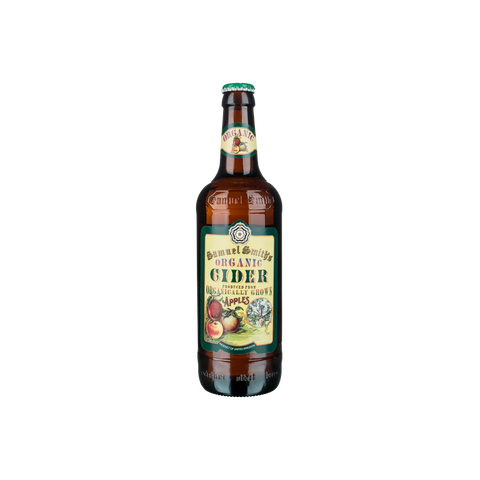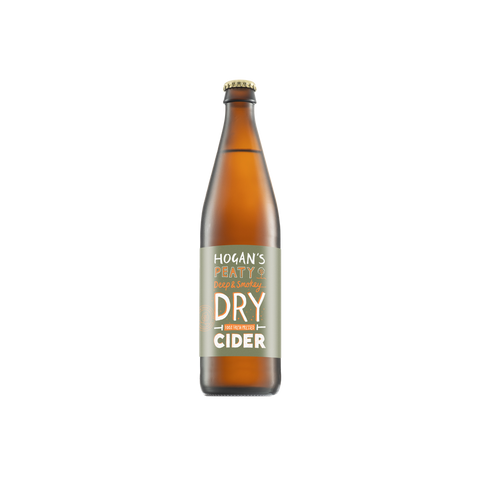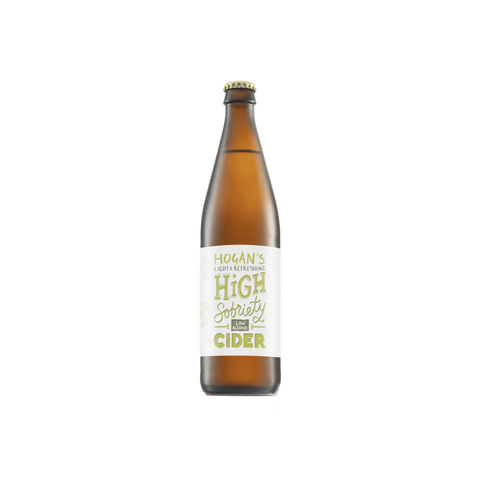Cider is a type of alcohol made from fermenting apples. It's different to non-alcoholic apple juice or cider, which don't have any alcohol in them. The alcohol content in hard cider comes from the yeast in the apple juice converting the sugar into alcohol and carbon dioxide during the fermentation process. The alcohol content of cider can vary quite a bit depending on how it’s made and what type of apples are used. But it typically ranges from around 3% to 8% ABV.
Ingredients: Cider is made mainly from apples, but some producers blend different apple varieties to get the flavour they want. Some ciders also have other fruits in them, like pears or berries, for extra flavour or sweetness. The main ingredient is apple juice, which provides all the sugar for the fermentation.
Fermentation: The cider making process starts with squeezing apples to extract their juice. This juice is often clarified to get rid of any solids and make it nice and clear. The yeast is then added to the juice to start the fermentation process. The yeast eats the sugars in the juice and turns them into alcohol and carbon dioxide. This can take anything from a few weeks to several months, depending on the type of cider you want to make.
Styles of Cider: There are different types of cider out there. They're all made differently, with different levels of sweetness, alcohol content and carbonation. So, here are some of the most common types of ciders:
Dry Cider: It's made by fermenting it to a low residual sugar level, which gives it a crisp, tart taste.
Sweet Cider: This is made by fermenting it to retain more residual sugars, so it tastes sweeter.
Still Cider: It's not carbonated, which gives it a smoother mouthfeel.
Sparkling Cider: It's carbonated to varying degrees, so it offers effervescence and a lively mouthfeel.
Ice Cider: Made from concentrated apple juice by freezing, resulting in a higher sugar content and a richer flavour.
Alcohol Content: The alcohol content of cider can vary quite a lot depending on how it's made, the yeast used, and whether it's been sweeterened up. On average, you'll find cider ranges from about 3% to 8% ABV, although some specialty ciders might have a bit more alcohol in them.
Flavor Profiles: Cider can have all kinds of flavors, depending on things like the apple used, how warm or cold the fermentation process is, the yeast used, and any extra stuff you might have added. You'll find cider comes in lots of different flavour profiles, including fruity, floral, earthy and sometimes spicy notes. The acidity and tannins in cider can vary, which adds to its complexity.
Overall, cider is a versatile, enjoyable alcoholic drink with a rich history. Its popularity is growing all the time as new styles and flavours are created.







